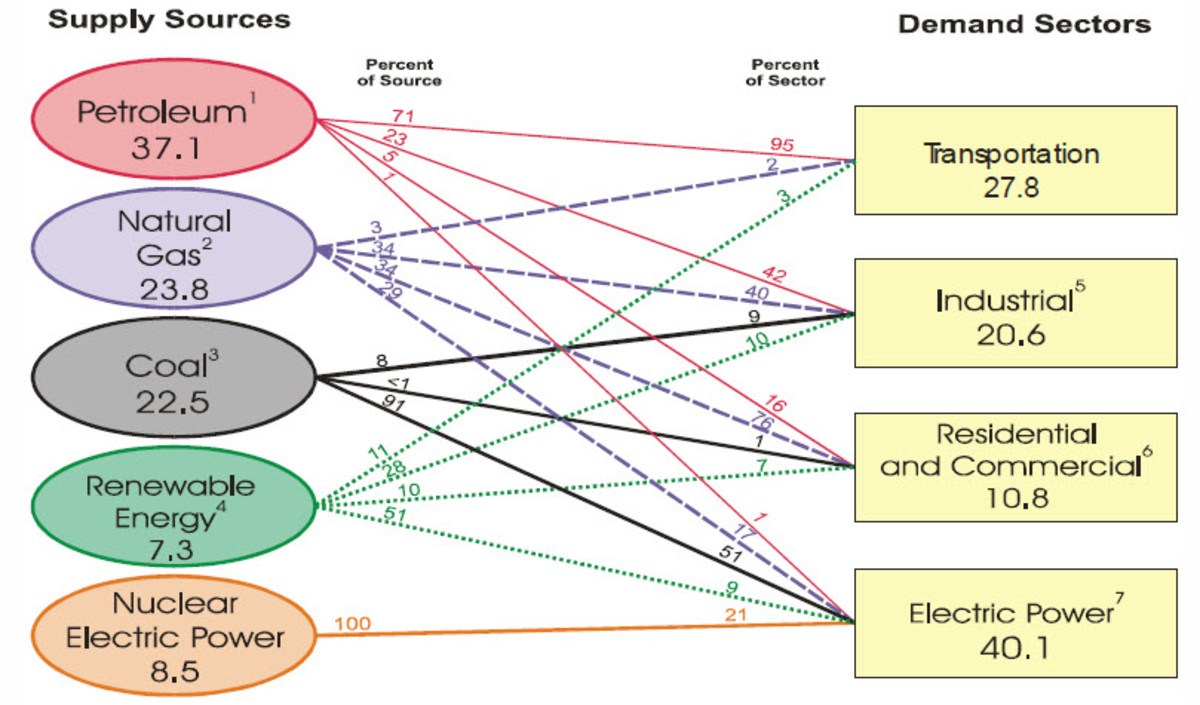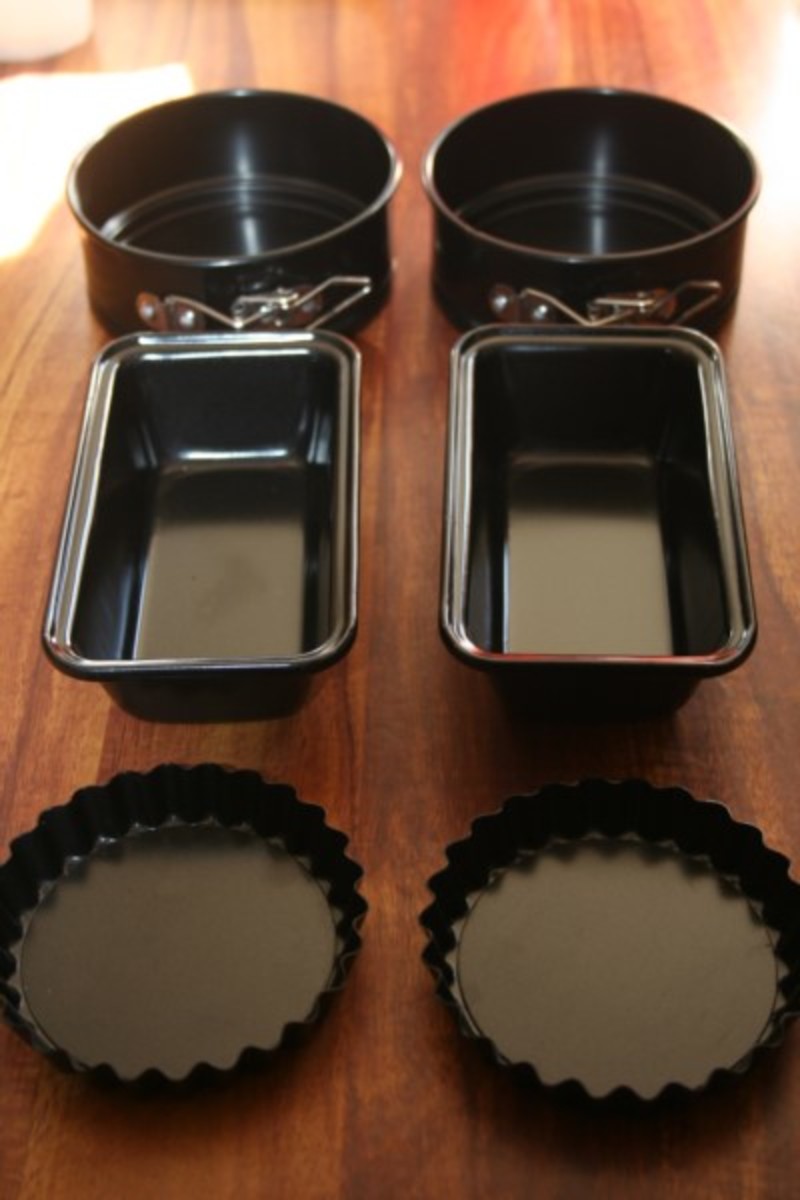Generating Electricity With Hot Dry Rock Technology
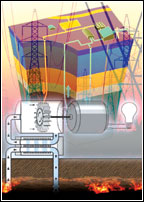
NATURE has been generous enough to provide us with all that we need for a better survival. One of them is energy sources. From the earth's surface to its inner depths, there are millions of energy sources present in a diverse forms and types. Among them, rocks form a considerable part of the earth's crust.
Now it was up to man to find ways to extract these resources, and here is where the mining technologies come in. In this regard the hot dry rock (HDR) technology is the latest development in the mining sciences which aids in the geothermal energy production with its use of very high temperatures. This type of high grade temperature is usually found in rocks that dwell some kilometres under the earth's surface.The technology was first formulated in 1970 and 1996 at Los Alamos, a town in north central New Mexico. It is based on a simple heat mining method. In this technology water is pumped into hot crystalline rock - hot granite rocks for example - five kilometres underground, with a high pressure through an injection well into the heat zone of rock. The water then moves through the fractures and holes taking up the heat of the rock till the time it is pushed out of a second borehole by converting into a very hot water.When this superheated water flows through the open joints in the hot rock reservoir and returned via production wells, it gets converted into electricity utilising either as a steam turbine or as a binary power plant system. On the surface, the required heat is taken out by conventional mechanisms and the same cooled water is then re-circulated in to the mine with more heat energy.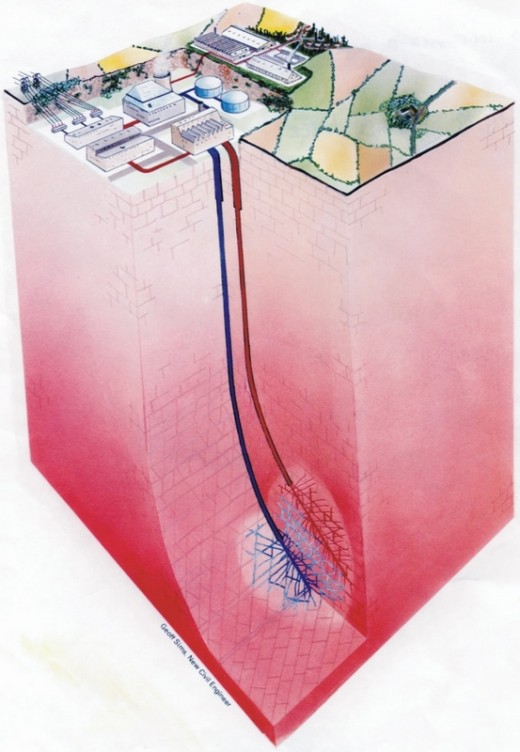
What Happens In HDR Technology?
In the HDR technology, the heat from the earth which uses the natural geothermal systems is used in places where cracks or pore spaces are present. These cracks and pores are filled with water hot enough to create power energy. The major aspect of the successful heat mining is to form an engineered geothermal reservoir in a hot body, that is, an impervious rock. The surface in a hot rock body where an HDR reservoir is developed is determined by selecting a location on the surface where the injection well is drilled. It is also determined by the deepness within the well bore at which the water is pumped into the hot rock and converted into carbon-free generated electricity by the use of conventional steam turbine technology.
Extending the reservoirs and adding more boreholes can increase power output. Given these conditions, the overall volume of the engineered reservoir is relatively stable. Generally, the size of the reservoir is directly proportional to the total quantity of water filled into the rock at the time of its formation. Although many things can be engineered, the shape, the orientation and the internal structure of the reservoir are natural results of the local geological conditions which are beyond human control.
As a result, it is important to have an in-depth knowledge and understanding of the local geology before making any efforts to create a hot dry rock energy reservoir.
During the formation of hot dry rock reservoir, rock blocks are shifted smoothly by the pumped water. The movements of these rocks generate low frequency stress waves which are similar in nature, but slightly smaller in magnitude than those caused by earthquakes.
Thus, micro seismic technology has been designed to recognise these signals and to identify their points of origin. The collected data from these signals give an idea of the size, shape and orientation of the reservoir. By using this available information, production wells can be drilled into the reservoir in order to efficiently tap the superheated water which has been pumped in the rock.
The hot dry rock geothermal energy is a very productive renewable energy source with enormous potentials. There are varied reasons which makes it a preferable option as an energy source for the future. For example, the fossil fuels, coal, oil and natural gas are becoming increasingly expensive. Also, oil and gas imports from foreign sources raise concerns over the long-term energy security and burning fossil fuels dump carbon dioxide and other pollutants into the atmosphere.
Given these circumstances, the HDR is in the position to provide a considerable amount of the world's electricity which is currently being generated by the conventional fossil fuel, hydroelectric and nuclear plants.
HDR geothermal electricity is different from the traditional geothermal electricity. For example, the power plants of HDR are installed in the hot spring regions, whereas, the conventional geothermal energy is produced from naturally present hot water and steam in rocks near volcanic regions. This form of electricity production is well-established in many countries. Conventional geothermal power stations are usually restricted in size and are often connected to the emissions of volcanic gases and toxic elements.
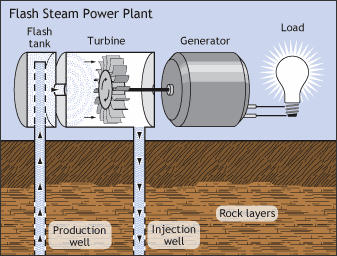
HDR A Renewable Technology
The geothermal energy from the hot dry rock being a renewable energy source is expected to strengthen the non-fossil fuel based on the economy of the future. Recently, a research was conducted on HDR technology. The research, revealed that mining large amounts of heat stored as thermal energy in the earth's hard rock crust, could provide a significant share of the electricity for future. This is expected to be obtained at competitive prices and with minimal environmental outcomes.
Drilling quite a few wells into hot rock, and linking them to a fractured rock region that has been enhanced to allow water to flow through it, can create a heat exchanger. This exchanger can develop large amounts of hot water or steam to run electric generators on the surface.
Moreover, as apposed to the conventional fossil-fuel power plants which burn coal, natural gas or oil, no fuel would be needed. With this, unlike the wind and solar systems, a geothermal plant works day and night round the clock, providing an uninterrupted source of electric power.
The HDR is environmentally safe and viable due to the lower emission rates and the small overall footprint of the whole geothermal system. This happens because the energy absorbed and removed is placed completely underground and the surface equipment needed for conversion to electricity is comparatively compact.


